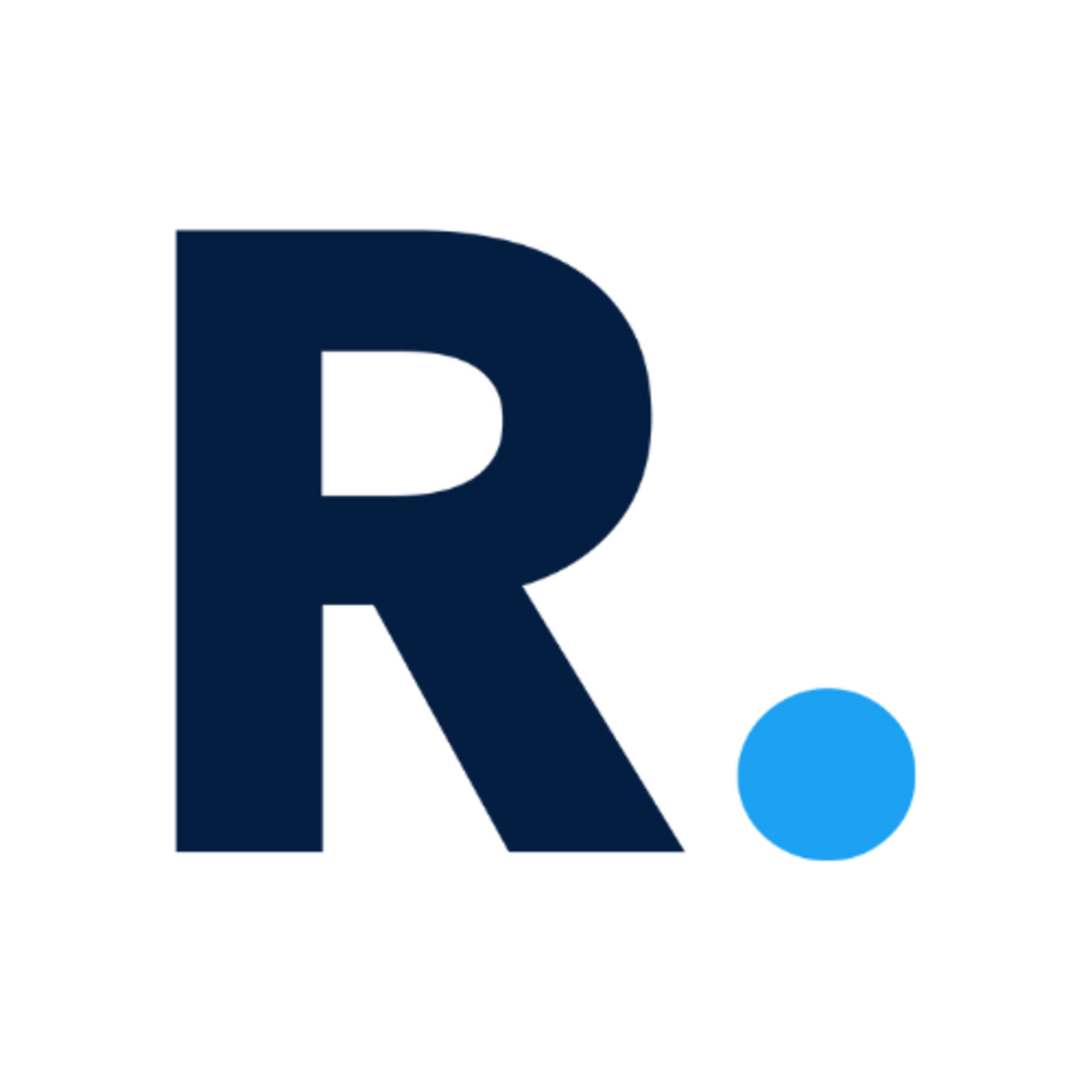Good morning. Most teams are flying blind. Not because they lack talent, but because they lack a system to make it all work. In this issue, we break down how to build a “People OS” that aligns your team, accelerates execution, and scales with you.
Plus, you’ll discover what startup founders need to know about the latest economic signals, AI policy shifts, and where capital is flowing now.
Was this email forwarded to you? Subscribe here.
BUSINESS PULSE
Economy: Bank of America recently revised its outlook: the U.S. is now more likely to avoid stagflation and instead move into a growth phase. Inflation is stabilizing, major investments in AI and infrastructure are underway, and multiple business-cycle indicators point upward.
What it means to you: If you're building or scaling a venture, this kind of environment rewards execution. Lock-in good talent, invest in ops, and plan for growth.
Source: Business Insider
AI: An Axios briefing highlights the intensifying geopolitical framing of the U.S. and China AI competition. Despite heavy funding, there’s no clear long-term project or measurable objectives, raising questions about real productivity gains versus political posturing.
What it means to you: If you're developing or adopting AI, focus on practical ROI, customer value, and end-to-end execution.
Source: Axios
Startups: This week featured more than $1B in startup capital, including notable rounds like Positron AI’s $51.6M Series A and others across SaaS and biotech.
What it means to you: For software focused founders, the capital remains accessible. Hardware founders need to plan runway carefully and lock in support early.
Source: VC News Daily
MAIN FEATURE
Most Teams Run Without an Operating System

If your product had no roadmap, no specs, and no feedback loops, you'd call that a mess.
So why do we build companies where people operate like that?
Most teams don’t suffer from laziness or lack of ambition. What they lack is a working People Operating System: a system for how humans perform, grow, align, and improve inside the business.
We obsess over CRMs, OKRs, dashboards, and workflows. Yet we leave the most complex part of the company to intuition and vibes.
Let’s fix that.
What’s a People OS?
Think of it like this: your People OS is the underlying structure that defines how your team thinks, grows, executes, and interacts.
It’s not HR policies.
It’s the system that answers:
What does “great performance” mean here?
How does someone grow in this company?
What’s the rhythm of feedback and decision-making?
How are priorities made visible, and how is progress tracked?
McKinsey calls this the next big shift in organizational performance—combining data, tech, and deep human understanding to drive growth. The companies that build a People OS outperform others in speed, resilience, and talent retention.
Why Most Companies Get This Wrong
They default to chaos.
You hire fast, move fast, and everyone just kind of figures it out. Then you wake up with a 15-person team, half of whom are working on things that don’t move the needle, and nobody knows how decisions actually get made.
This is how startups stall at Series A.
This is how agencies plateau at $1M.
Growth breaks everything, especially your people systems unless you build one on purpose.
What to Include in Your People OS
A great People OS doesn’t look the same for every business, but the best ones include:
Clear principles about how decisions get made and how people work together
Defined success paths for each role and function
Weekly or monthly check-ins that go beyond performance and into learning and alignment
Public visibility into priorities and progress across the org
Space for subtraction—removing friction, bottlenecks, and unhelpful work
It’s less about bureaucracy and more about clarity at scale.
How to Start Building One
Codify your culture into behaviors, not slogans. "Move fast" means nothing. "Ship twice a week" does.
Replace status meetings with shared dashboards or async updates. Let humans do human work—thinking, deciding, collaborating.
Build a rhythm of reflection. Create monthly or quarterly space for team retrospectives. What’s working? What’s stuck? What needs to be cut?
Design for growth. Map out how someone levels up here—not just with a title, but with mastery, autonomy, and responsibility.
The Takeaway
Your team needs a better system to operate in.
One that makes work make sense.
If you’re building a company, don’t leave your most valuable asset (your people) running on randomness.
Build a People OS before the chaos builds itself.
RIVET RECOMMENDS
Run ads IRL with AdQuick
With AdQuick, you can now easily plan, deploy and measure campaigns just as easily as digital ads, making them a no-brainer to add to your team’s toolbox.
You can learn more at www.AdQuick.com
GROWTH PLAY OF THE WEEK
Trim your pipeline to grow faster.
Most founders think they need more leads to hit revenue goals. But the real unlock is getting rid of the wrong ones. Audit your pipeline this week and cut out the bottom 50%. Thease are the prospects that aren’t in your ideal customer profile, stall in the funnel, or drain time with no upside. Then double down on the best-fit accounts with focused outreach, custom demos, or fast-lane offers. Fewer leads. Higher close rate. Better use of time. Growth isn’t always about adding more, it’s about removing what’s holding you back.


